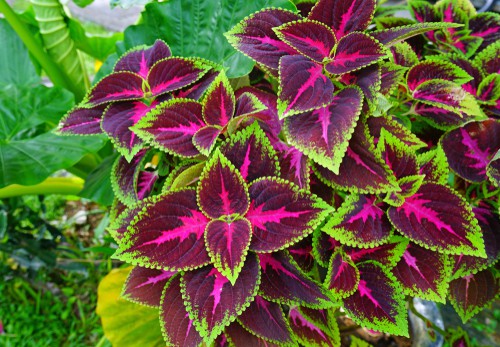Understanding the Challenges of Shaded Gardening
Gardening in shaded areas can be a daunting task, as plants require sunlight to undergo photosynthesis and grow. However, with the right approach, it is possible to create a thriving garden even in the shadiest of conditions. One of the primary challenges of shaded gardening is limited sunlight, which can lead to reduced photosynthesis and stunted plant growth. Additionally, shaded areas are often more prone to disease, as the lack of sunlight can create a humid environment that fosters the growth of fungi and other pathogens.
Despite these challenges, many plants are well-suited to growing in shaded conditions. In fact, some plants grow in shade best, and can even thrive in conditions that would be detrimental to other plants. By choosing the right plants and providing them with the proper care, gardeners can create a beautiful and thriving shade garden. This article will explore the best plants for shaded areas, as well as provide tips and tricks for creating a successful shade garden.
When it comes to gardening in shaded areas, it is essential to understand the different types of shade and how they affect plant growth. There are several types of shade, including partial shade, full shade, and dappled shade. Partial shade refers to areas that receive direct sunlight for part of the day, but are shaded for the remainder. Full shade, on the other hand, refers to areas that receive little to no direct sunlight. Dappled shade is a type of partial shade that is characterized by filtered sunlight, often through trees or other obstructions.
By understanding the type of shade in your garden, you can choose plants that are well-suited to those conditions. For example, plants that require full sun may not do well in partial shade, while plants that prefer partial shade may thrive in dappled shade. By selecting the right plants for your shaded garden, you can create a beautiful and thriving oasis that brings joy and tranquility to your outdoor space.
Top Picks for Shade-Tolerant Plants: A Guide to the Best Varieties
When it comes to choosing plants that thrive in shaded conditions, there are many options to consider. Some plants grow in shade best, and can even tolerate deep shade, while others prefer partial shade or dappled shade. Here are some top picks for shade-tolerant plants, including flowering plants, foliage plants, and shrubs.
Flowering plants like impatiens and coleus are great options for adding color to shaded areas. Impatiens are one of the most popular annuals for shade, and come in a variety of colors, including pink, white, and purple. Coleus, on the other hand, is a versatile plant that can thrive in partial shade to full shade, and comes in a range of colors and patterns.
Foliage plants like hostas and ferns are also excellent choices for shaded areas. Hostas are a popular choice for shade gardens, and come in a range of sizes and colors. They have beautiful, leafy foliage that can add texture and interest to shaded areas. Ferns, on the other hand, are a great option for adding a delicate, lacy texture to shaded areas.
Shrubs like azaleas and rhododendrons are also great options for shaded areas. Azaleas are a popular choice for shade gardens, and come in a range of colors, including pink, purple, and white. Rhododendrons, on the other hand, are a great option for adding a burst of color to shaded areas, and come in a range of colors, including pink, purple, and white.
Other shade-tolerant plants include astilbe, bleeding heart, and coral bells. Astilbe is a great option for adding a pop of color to shaded areas, and comes in a range of colors, including pink, red, and white. Bleeding heart is a delicate, heart-shaped flower that thrives in partial shade to full shade. Coral bells, on the other hand, are a great option for adding a burst of color to shaded areas, and come in a range of colors, including pink, red, and purple.
When choosing plants for shaded areas, it’s essential to consider the level of shade and the specific growing conditions of the plant. By selecting plants that are well-suited to the level of shade in your garden, you can create a thriving and beautiful shade garden that brings joy and tranquility to your outdoor space.
How to Create a Thriving Shade Garden: Tips and Tricks
Creating a thriving shade garden requires careful planning and attention to detail. One of the most important factors to consider is the type of soil in your garden. Shade gardens often require soil that is rich in organic matter and has good drainage. Adding compost or well-rotted manure to the soil can help improve its structure and fertility.
Providing adequate moisture is also crucial for a thriving shade garden. However, it’s essential to avoid overwatering, which can lead to root rot and other problems. Instead, aim to provide about 1-2 inches of water per week, either through rainfall or irrigation. Mulching can also help retain moisture in the soil and suppress weeds.
Weed control is another important aspect of maintaining a healthy shade garden. Weeds can compete with your plants for water and nutrients, so it’s essential to remove them regularly. Mulching can help suppress weeds, but you may also need to use other methods, such as hand-weeding or using a weeding tool.
Pruning is also an essential part of maintaining a thriving shade garden. Pruning helps to promote healthy growth, encourages blooming, and removes dead or diseased branches. It’s essential to prune your plants at the right time, as pruning at the wrong time can cause stress to the plant.
Some other tips for creating a thriving shade garden include:
- Choosing plants that are suitable for the level of shade in your garden
- Providing support for plants that need it, such as stakes or trellises
- Using a layer of mulch to retain moisture and suppress weeds
- Watering plants deeply but infrequently to encourage deep root growth
- Monitoring plants regularly for signs of pests or diseases
By following these tips and tricks, you can create a thriving shade garden that brings joy and beauty to your outdoor space. Remember to choose plants that grow in shade best, and provide them with the right conditions to thrive.
The Benefits of Shade Gardening: Why It’s Worth the Effort
Shade gardening offers a multitude of benefits, making it a worthwhile endeavor for gardeners of all levels. One of the most significant advantages of shade gardening is reduced water consumption. Plants that grow in shade best often require less water than those that thrive in full sun, making them an excellent choice for water-conscious gardeners.
Another benefit of shade gardening is lower maintenance requirements. Shade gardens often require less pruning, fertilizing, and pest control, making them a great option for busy gardeners or those who prefer a more relaxed approach to gardening.
Shade gardens also offer increased biodiversity, as they provide a habitat for a wide range of plants and animals. By incorporating a variety of plants that thrive in shade, gardeners can create a thriving ecosystem that supports local wildlife and promotes environmental sustainability.
In addition to these practical benefits, shade gardens can also provide a peaceful and serene atmosphere. The soft, filtered light of a shade garden can create a sense of calm and tranquility, making it an ideal space for relaxation and contemplation.
Furthermore, shade gardens can be a great way to add visual interest to a yard or outdoor space. By incorporating a variety of plants with different textures, colors, and shapes, gardeners can create a unique and beautiful landscape that adds depth and complexity to the surrounding area.
Overall, the benefits of shade gardening make it a worthwhile pursuit for gardeners of all levels. By choosing plants that grow in shade best and providing them with the right conditions, gardeners can create a thriving and beautiful shade garden that offers a range of practical and aesthetic benefits.
Shade Gardening for Beginners: A Step-by-Step Guide
Shade gardening can be a rewarding and enjoyable hobby, but it can also be intimidating for beginners. With so many different types of plants and gardening techniques to choose from, it’s easy to feel overwhelmed. However, with a little guidance and planning, anyone can create a beautiful and thriving shade garden.
The first step in creating a shade garden is to assess the level of shade in your garden. This will help you determine which types of plants will thrive in your garden. There are several different levels of shade, including full shade, partial shade, and dappled shade. Full shade refers to areas that receive no direct sunlight, while partial shade refers to areas that receive some direct sunlight but also some shade. Dappled shade refers to areas that receive filtered sunlight through trees or other obstructions.
Once you have determined the level of shade in your garden, you can begin to choose the right plants. Look for plants that are specifically labeled as “shade-tolerant” or “shade-loving.” These plants have adapted to grow in low-light conditions and will thrive in your shade garden. Some popular shade-tolerant plants include impatiens, coleus, and hostas.
Preparing the soil is also an important step in creating a shade garden. Shade gardens often require soil that is rich in organic matter and has good drainage. You can improve the soil in your shade garden by adding compost or well-rotted manure. This will help to increase the fertility of the soil and improve its structure.
Finally, it’s essential to provide the right care for your shade plants. This includes watering, fertilizing, and pruning. Water your shade plants regularly, but avoid overwatering, which can lead to root rot and other problems. Fertilize your shade plants regularly, using a balanced fertilizer that is specifically formulated for shade plants. Prune your shade plants regularly to maintain their shape and promote healthy growth.
By following these steps, you can create a beautiful and thriving shade garden that will bring joy and beauty to your outdoor space. Remember to choose plants that grow in shade best, and provide them with the right care and conditions to thrive.
Common Mistakes to Avoid in Shade Gardening
Shade gardening can be a rewarding and enjoyable hobby, but it can also be challenging, especially for beginners. One of the most common mistakes to avoid in shade gardening is overwatering. Shade plants often require less water than plants that grow in full sun, and overwatering can lead to root rot and other problems.
Another common mistake to avoid is underwatering. While shade plants may require less water, they still need some water to survive. Underwatering can cause plants to become stressed, leading to disease and pest problems.
Using the wrong types of fertilizers is also a common mistake to avoid in shade gardening. Shade plants often require different types of fertilizers than plants that grow in full sun. Using the wrong type of fertilizer can cause more harm than good, so it’s essential to choose a fertilizer that is specifically formulated for shade plants.
Not providing enough mulch is another common mistake to avoid in shade gardening. Mulch helps to retain moisture in the soil, suppress weeds, and regulate soil temperature. Without enough mulch, shade plants may struggle to thrive.
Not pruning shade plants regularly is also a common mistake to avoid. Pruning helps to promote healthy growth, encourages blooming, and removes dead or diseased branches. Without regular pruning, shade plants may become leggy and unattractive.
Finally, not choosing the right plants for the level of shade in your garden is a common mistake to avoid. Different plants require different levels of shade, and choosing the wrong plants can lead to poor growth and other problems. By choosing plants that grow in shade best, you can create a thriving and beautiful shade garden.
By avoiding these common mistakes, you can create a thriving and beautiful shade garden that will bring joy and beauty to your outdoor space. Remember to choose plants that grow in shade best, and provide them with the right care and conditions to thrive.
Shade Gardening in Small Spaces: Making the Most of Limited Room
Shade gardening in small spaces can be a challenge, but with the right techniques and plant choices, it’s possible to create a thriving and beautiful shade garden even in the smallest of areas. One of the most effective ways to garden in small spaces is to use containers. Containers can be placed on balconies, patios, or even indoors, and can be used to grow a wide range of shade-tolerant plants.
Another option for shade gardening in small spaces is vertical gardening. Vertical gardening involves growing plants up a trellis or other support, rather than in a traditional bed. This can be a great way to make the most of limited space, and can also add visual interest to a small area.
Selecting compact plant varieties is also important when gardening in small spaces. Compact plants are naturally smaller than other varieties, and can thrive in smaller areas. Some examples of compact shade-tolerant plants include dwarf hostas, miniature ferns, and compact coleus.
Careful planning and design are also essential when gardening in small spaces. Consider the amount of sunlight and shade your area receives, and choose plants that are suitable for those conditions. Also, consider the mature size of the plants you choose, and leave enough space for them to grow.
Finally, don’t be afraid to get creative when gardening in small spaces. Use a variety of containers, trellises, and other supports to add visual interest and make the most of your space. With a little planning and creativity, you can create a thriving and beautiful shade garden even in the smallest of areas.
By following these tips and techniques, you can create a thriving shade garden in even the smallest of spaces. Remember to choose plants that grow in shade best, and provide them with the right care and conditions to thrive.
Conclusion: Bringing Your Shade Garden to Life
Creating a thriving shade garden can be a rewarding and enjoyable experience, and with the right knowledge and planning, anyone can bring their shade garden to life. By choosing the right plants, preparing the soil, and providing the right care and conditions, you can create a beautiful and peaceful oasis in even the shadiest of areas.
Remember to choose plants that grow in shade best, and provide them with the right amount of moisture, nutrients, and pruning. With a little creativity and planning, you can create a thriving shade garden that will bring joy and beauty to your outdoor space.
Don’t be afraid to experiment and try new things in your shade garden. With a little patience and practice, you can create a stunning and thriving shade garden that will be the envy of all your friends and neighbors.
So why not get started today? Choose the right plants, prepare the soil, and start creating your own thriving shade garden. With a little bit of effort and dedication, you can bring your shade garden to life and enjoy the many benefits that it has to offer.
By following the tips and advice outlined in this article, you can create a beautiful and thriving shade garden that will bring joy and beauty to your outdoor space. So don’t wait any longer, get started today and start enjoying the many benefits of shade gardening!


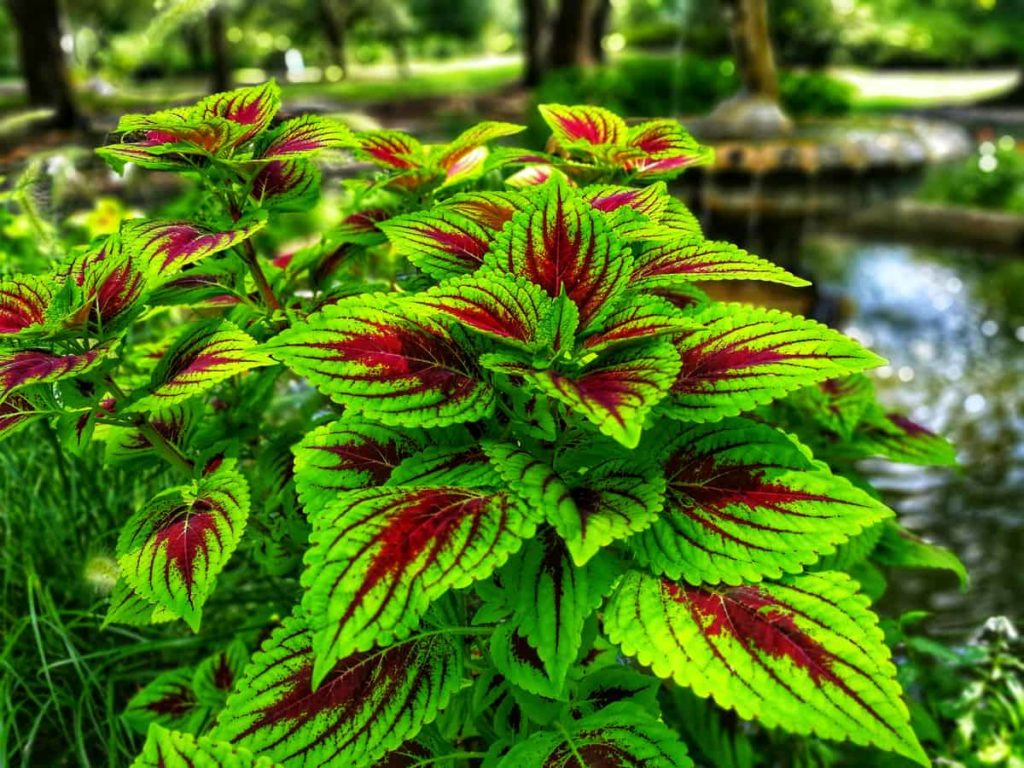
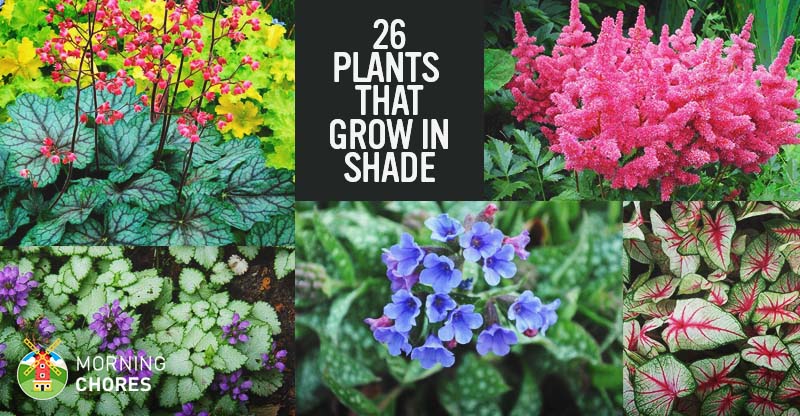
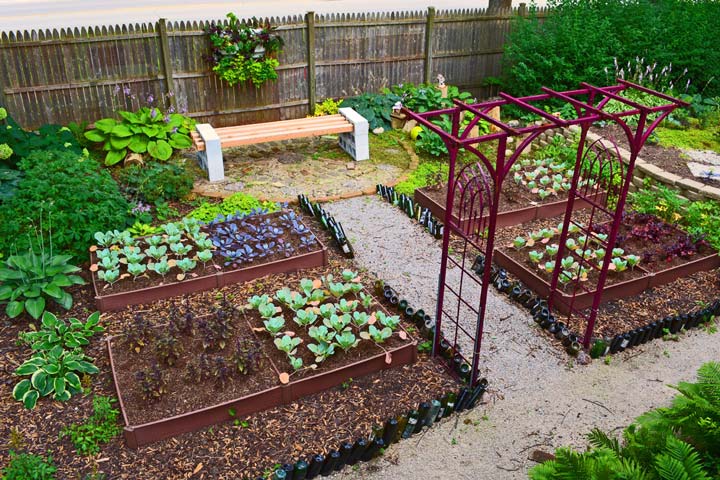
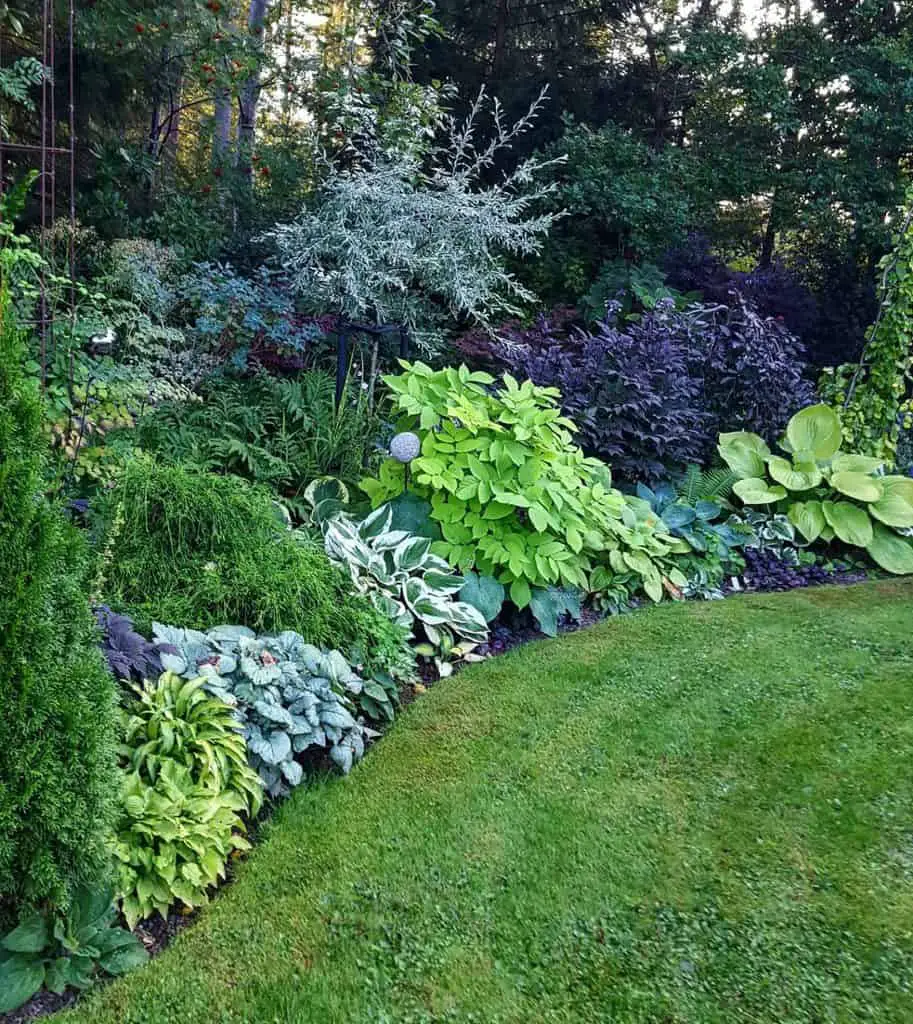

:max_bytes(150000):strip_icc()/shade-tolerant-impatiens-flowers-2132141-1-bd0a4240329940a2896d7a64282e67e1-d5a722cd2c5b4778b650c9781fa72964.jpg)

